This is one bull market you don’t want to miss
It’s little wonder gold has taken off, given that investors didn’t get the rate rises they were expecting, says Alex Williams. But there is one sector that is doing even better.

At the end of last year, investors, bond yields and central banks were all forecasting rising interest rates. The Federal Reserve even went as far as to nudge up rates in December, for the first time since 2006.
But since the start of the year, all of that has turned on a sixpence: stocks have fallen, manufacturing data has worsened in the UK and the US, while Japan has pushed interest rates below zero.
No wonder gold has enjoyed its best start to the year for three decades.
MoneyWeek
Subscribe to MoneyWeek today and get your first six magazine issues absolutely FREE

Sign up to Money Morning
Don't miss the latest investment and personal finances news, market analysis, plus money-saving tips with our free twice-daily newsletter
Don't miss the latest investment and personal finances news, market analysis, plus money-saving tips with our free twice-daily newsletter
And the gold miners until recently, the most despised sector in the market are doing even better.
It's turnaround time for gold
He turned bearish on gold in February 2013, when it was trading at $1,660 an ounce. And he was right to.
But the sudden change in the interest rate environment we are seeing now has turned him bullish again, for the first time for three years.
The Fed's decision to hike rates last year, he believes, resembles a similar policy blunder to the one it made during the Great Depression, which has come to be known as "The Mistake of 1937". In short, the Fed lifted rates too soon, sending the US into a sharp two-year recession.
Partly in fear of repeating this, central banks are now rapidly jumping in the other direction. There is a very real possibility of negative rates spreading from Sweden, Switzerland and Japan, to the UK and US. We are back, once again, in a falling interest rate environment.
For gold bulls, that is good news. Negative rates could see savers being charged on their cash deposits. In that sort of environment, the argument that gold is a "barbarous relic", because it pays no yield, suddenly looks absurd. In a negative rate world, a yield of 0% is positively attractive.
There's a psychological aspect to it too. "We're all Nimbys to some extent," says Ross Norman, chief executive of bullion broker Sharps Pixley, who has consistently been one of the most accurate gold price forecasters on the LBMA (London Bullion Market Association). "When negative interest rates affect you directly, when you get charged for savings in your deposit accounts, you really recognise that things are not normal."
Negative rates, he says, are merely a reflection of deeper economic turmoil. "There's no question in my mind that the scale of the national debt cannot be paid down. I'm not saying it's a mathematical impossibility, but it's getting towards it: debt is outpacing growth two-to-one, it has been for decades and you can't stay there forever. The only question is whether it's six days, six months or six years before this falls apart."
Why we're excited about gold miners
Gold mining stocks did poorly during the course of the gold bull market. Management teams urged on by shareholders chased growth, and costs escalated across the industry, wiping out any benefit from higher gold prices.
But in the early stages of a bull market, the situation is very different. As gold has languished in recent years, gold miners have proved surprisingly resilient.
Not in terms of their share prices, which have been trounced, of course. But the underlying businesses have been able to aggressively cut costs and as a result, bankruptcies, the ultimate measure of industry distress, have been few and far between.
That's because large operating gold mines tend to have several zones, with greatly differing ore types. By blending lower grade ore with higher grades, companies can almost choose their costs per ounce. In the long term, this can be very damaging: mining out the highest-grade zones quickly exhausts a deposit. But in the short term, it has given companies a cushion.
As the gold price has fallen, the industry has gone into lock-down. Management teams are tweaking mine plans, mining takeovers have dropped by 72% since 2011 (according to accountants PwC), and building new operations is out of the question. So costs across the industry are falling sharply.
And now the gold price has turned. Companies that were bracing themselves for gold at $1,000 an ounce have suddenly been given a 20% bonus. That all flows through to the bottom line, causing a sharp spike in profits.
For companies with lower costs still, that avoided chasing high-cost growth during the last bull run, the benefit is even bigger.
The market is starting to recognise this. Share prices that were predicting years of distress are suddenly readjusting for an unforeseen splurge in profit. Some gold companies have more than doubled in share price over the last three months.
But if we are at a turning point in the gold price, investors are at the beginning of a major new move, which will lift the gold mining industry with it. This could just be the start of a massive bull market.
We've just put together a report on the sector, including some of the gold miners we rate most highly as well as funds you can buy to profit from the mining comeback.
If you're a MoneyWeek subscriber, you can read it right away. If not, find out why this is one bull market you don't want to miss out on.
Get the latest financial news, insights and expert analysis from our award-winning MoneyWeek team, to help you understand what really matters when it comes to your finances.
-
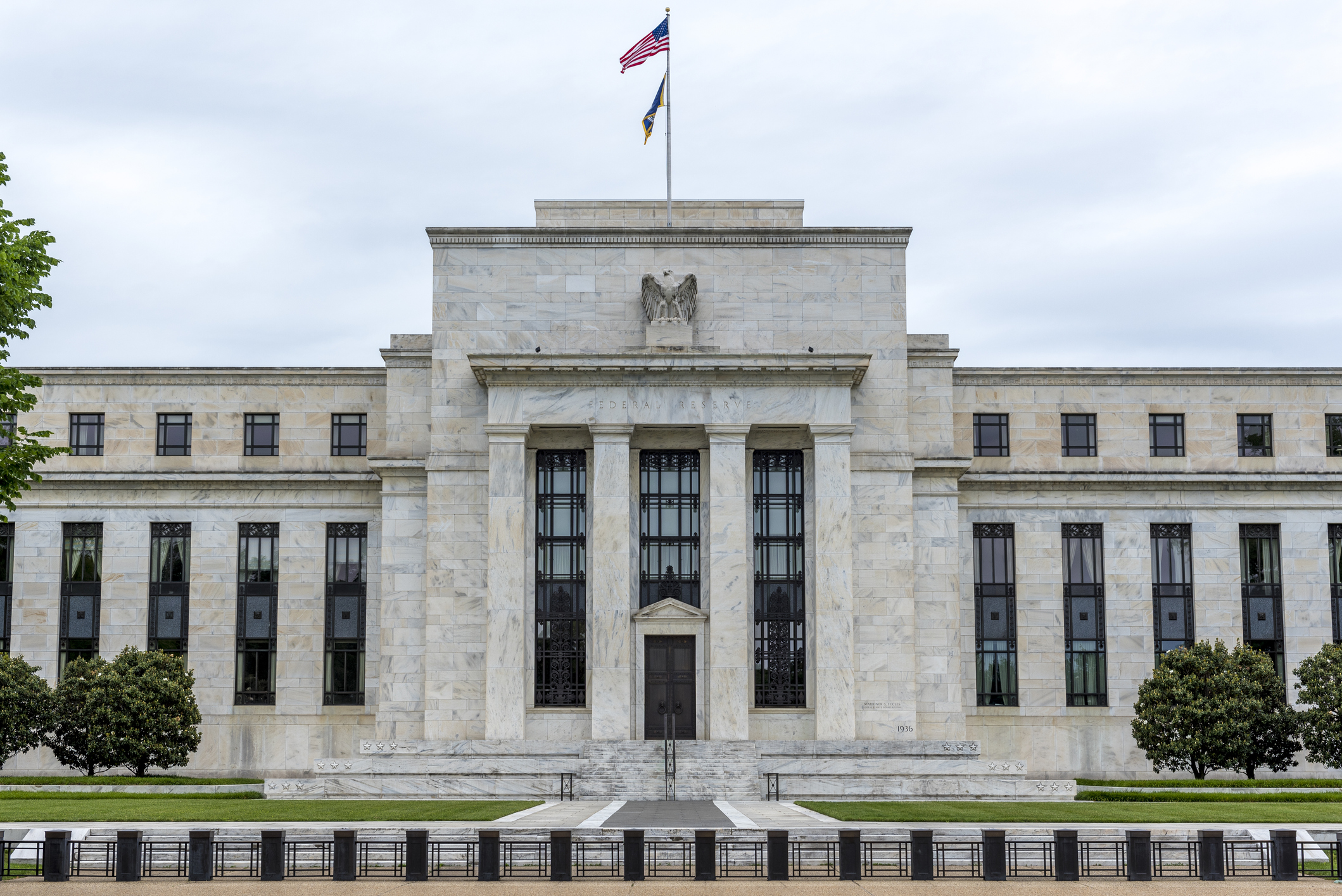 'Governments are launching an assault on the independence of central banks'
'Governments are launching an assault on the independence of central banks'Opinion Say goodbye to the era of central bank orthodoxy and hello to the new era of central bank dependency, says Jeremy McKeown
-
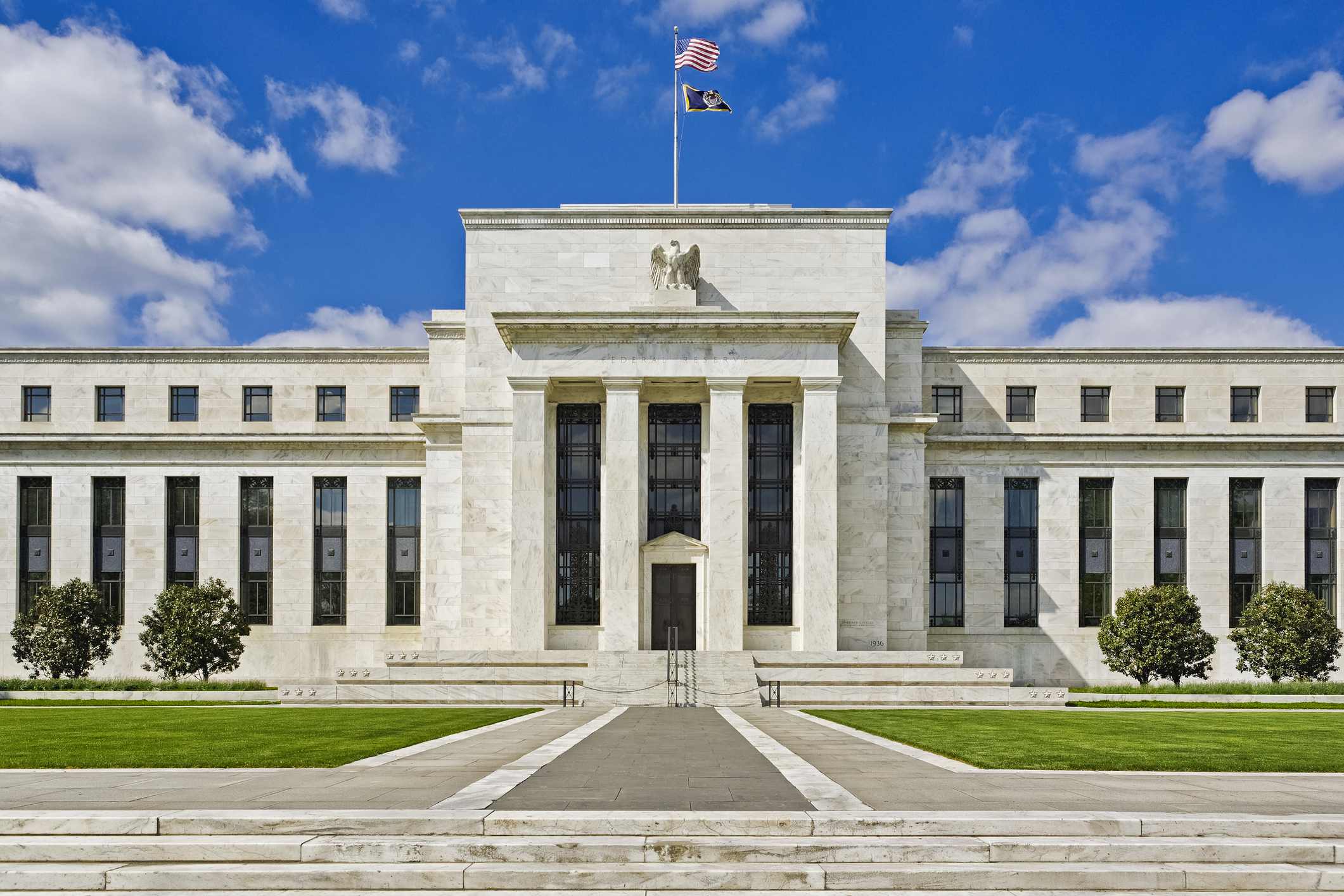 Do we need central banks, or is it time to privatise money?
Do we need central banks, or is it time to privatise money?Analysis Free banking is one alternative to central banks, but would switching to a radical new system be worth the risk?
-
 Will turmoil in the Middle East trigger inflation?
Will turmoil in the Middle East trigger inflation?The risk of an escalating Middle East crisis continues to rise. Markets appear to be dismissing the prospect. Here's how investors can protect themselves.
-
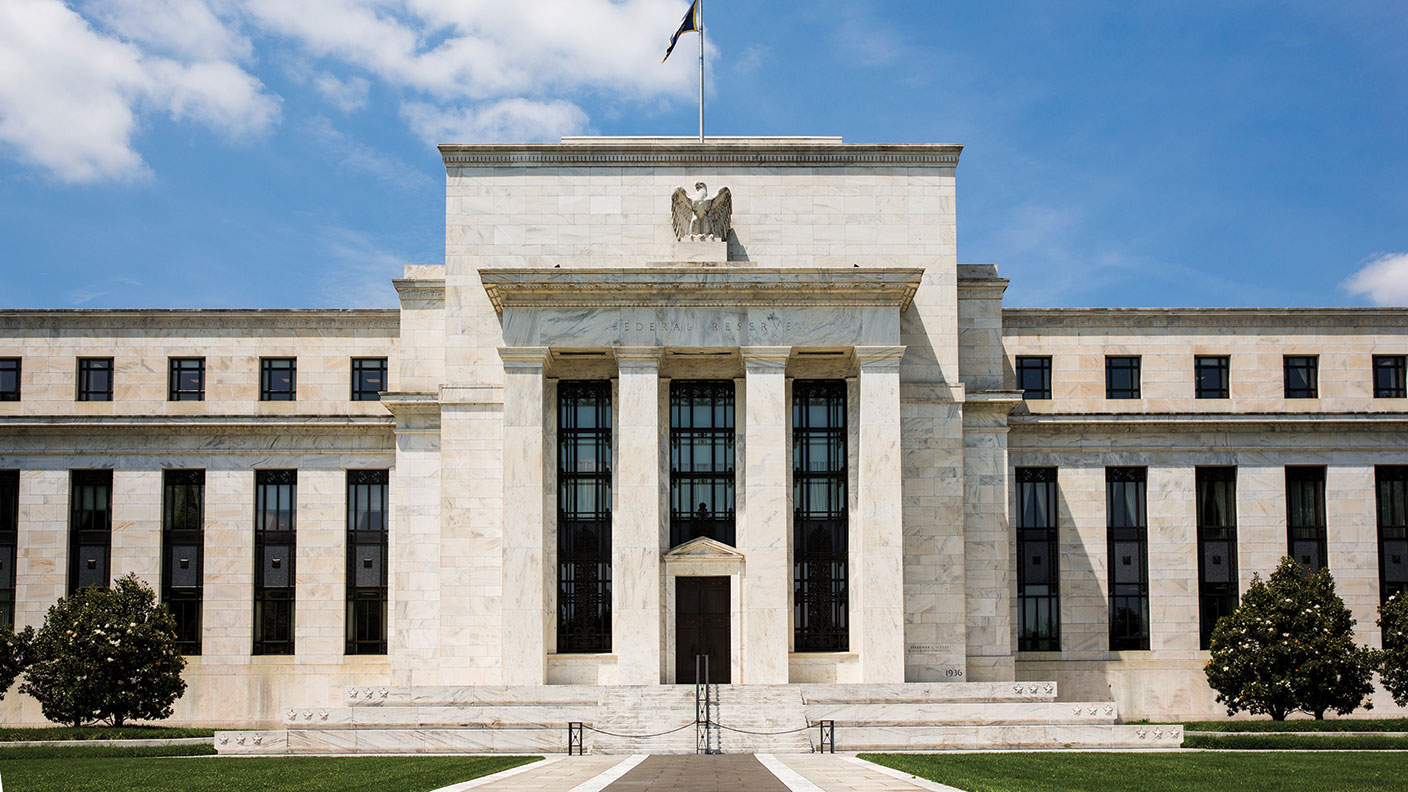 Federal Reserve cuts US interest rates for the first time in more than four years
Federal Reserve cuts US interest rates for the first time in more than four yearsPolicymakers at the US central bank also suggested rates would be cut further before the year is out
-
 The Bank of England can’t afford to hike interest rates again
The Bank of England can’t afford to hike interest rates againWith inflation falling, the cost of borrowing rising and the economy heading into an election year, the Bank of England can’t afford to increase interest rates again.
-
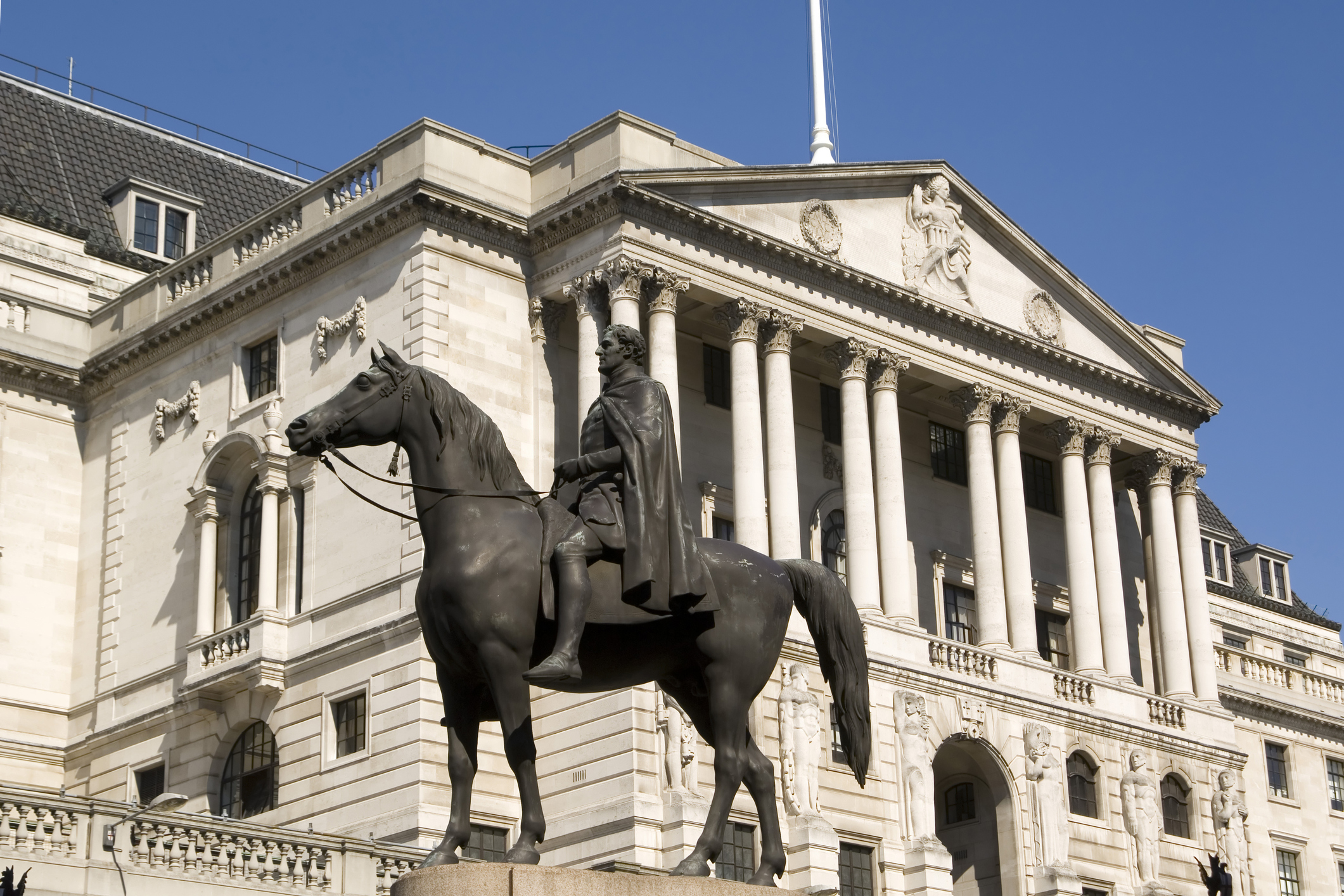 Interest rates held at 5.25% again
Interest rates held at 5.25% againThe Bank of England has kept rates at 5.25% again, in a widely anticipated move. We look at what it means for your money - and what the Bank’s next move could be
-
 US inflation rises to 3.7% as energy prices surge - will the Fed hike rates?
US inflation rises to 3.7% as energy prices surge - will the Fed hike rates?US consumer price index rose in August but markets do not expect a rate hike this month
-
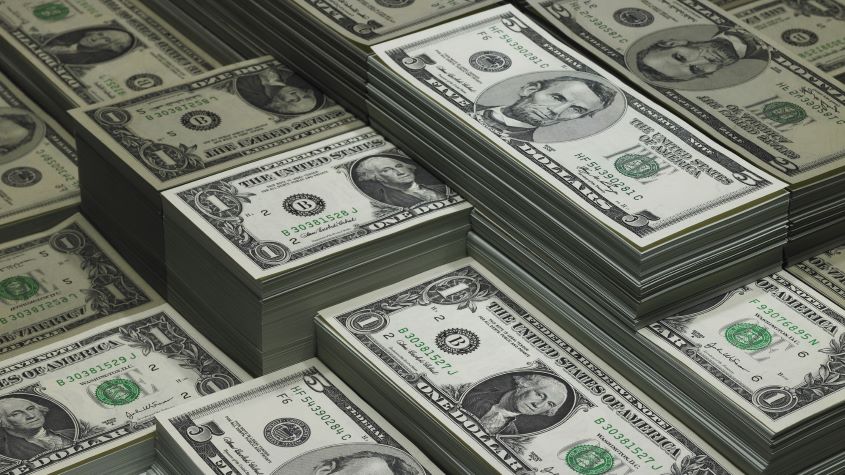 The debt ceiling illustrates America’s empire of debt
The debt ceiling illustrates America’s empire of debtOpinion The US has never quite got the hang of the conquering business as the debt ceiling debate shows.

